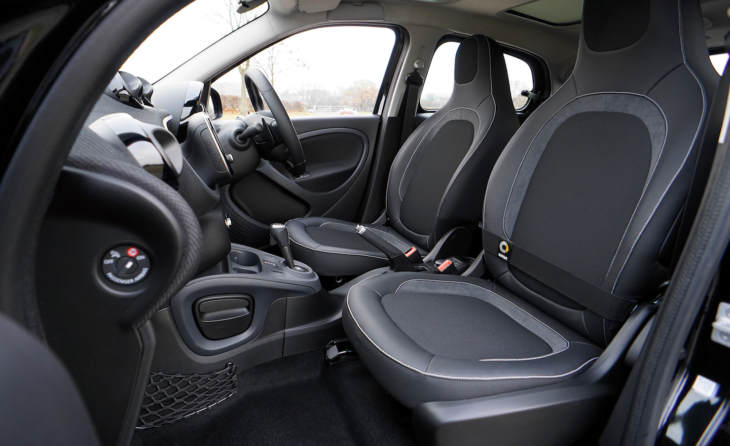With the high prices of new cars, a lot of people started looking at used cars that are for sale instead. Investing money in a used car might seem like the right option, you will need to make sure that your decision is a smart one. A lot of used cars are sold with hidden problems or damage that might result in costly repairs for you. In order to avoid buying a car that has major problems, here is a checklist of the ways to help check the condition and value before purchasing a new car.
Contents
The mechanical checklist

Source: Pinterest
Here are the steps that you need to take to inspect any mechanical issues of the car:
1. Look at the exterior and interior
Both the interior and exterior play a major role in the value of the car. Check the upholstery carefully, along with any visible repairs on the outside of the car. Of course, this does not mean that you should not buy a car that has been repaired, but you will want something that is barely visible to the eye. Always pop the hood and check the parts and the engine. If some parts are rusted or dirty, it might be a sign of future trouble.
2. Go for a test drive
It is always a good idea to take the car on a test drive on local roads and highways. If you test it in different environments you will be able to get a good feel for how the car performs and feels. When on a test drive, you should keep your ears and eyes open. You should make sure that there are no unusual brake or engine sounds, as well as see if the car electronics are working well.
3. Have a mechanic inspect the carefully
Some people decide not to have their car inspected by an independent mechanic before purchasing the car. This might lead to expensive repairs in the future. The cost of your car being inspected by a mechanic can be worth its price. They will be able to tell you if there are any hidden problems and they will be able to help with determining the real price of the car.
Research checklist

Source: Pinterest
Once you decide that the car is in good condition, you should also consider these steps:
1. Read the reviews on the model and make
You should do research on the consumer and industry reviews on the car in order to learn about possible defects or common problems that occur. You can easily do so by performing a search online.
2. Make sure to decode the VIN
According to Vindecoderz, you will want to check the VIN decoder chart in order to see if the car’s VIN information matches with the vehicles records and title. VIN cloning is a scam in which the seller replaces the VIN of a stolen car with one that is legally registered. Hence, you will be able to prevent fraud by decoding the VIN of the car.

Source: Pinterest
3. Check the car’s history report
A vehicle history report can help with title problems, ownership history, previous accidents, and service points. These reports are available from dealers or they can be ordered online.
4. Figure out the fair purchase price
In order for you to make sure that you are being charged a fair price, you should compare prices for the make and model with several sources. Even though the mileage and condition will play a big role in the price, you can still see if you are being fairly priced for the vehicle.
Conclusion
By following this list, you will be able to determine which car is the perfect one for you. It will also make the whole process time-efficient and less stressful for you.
